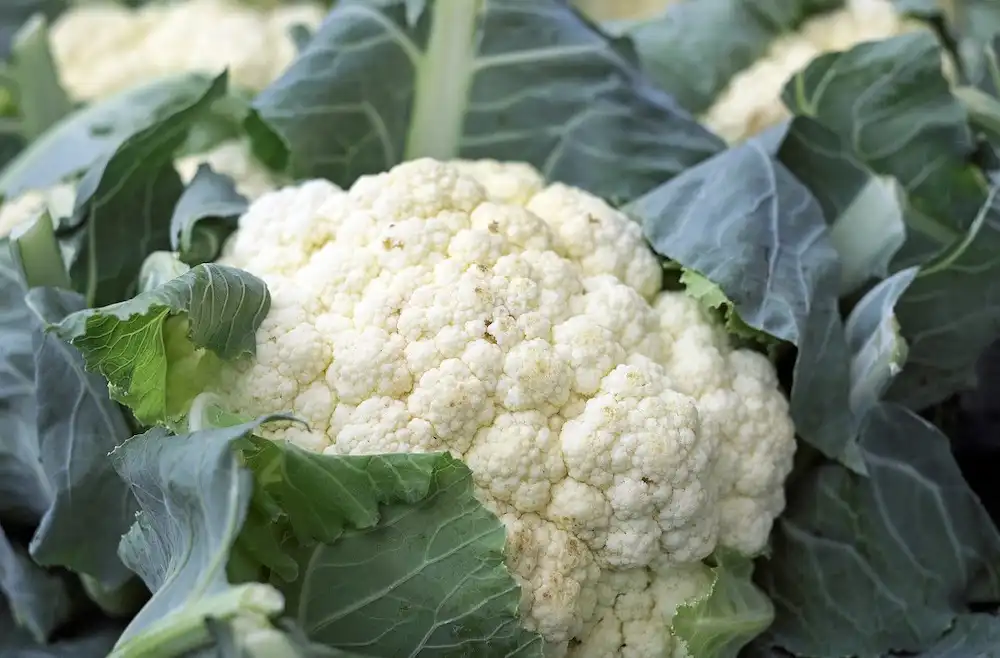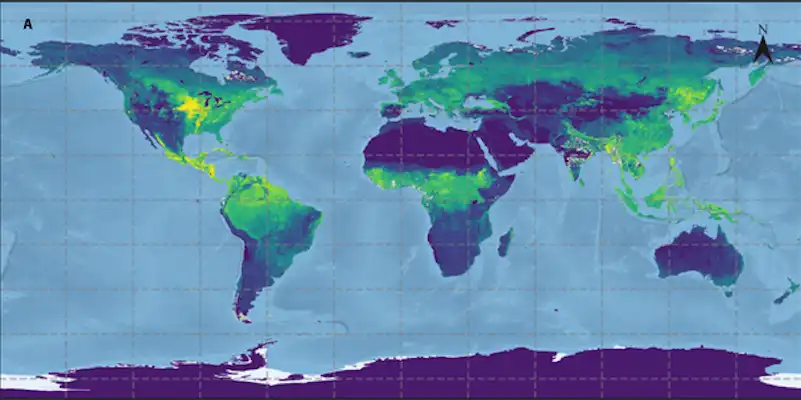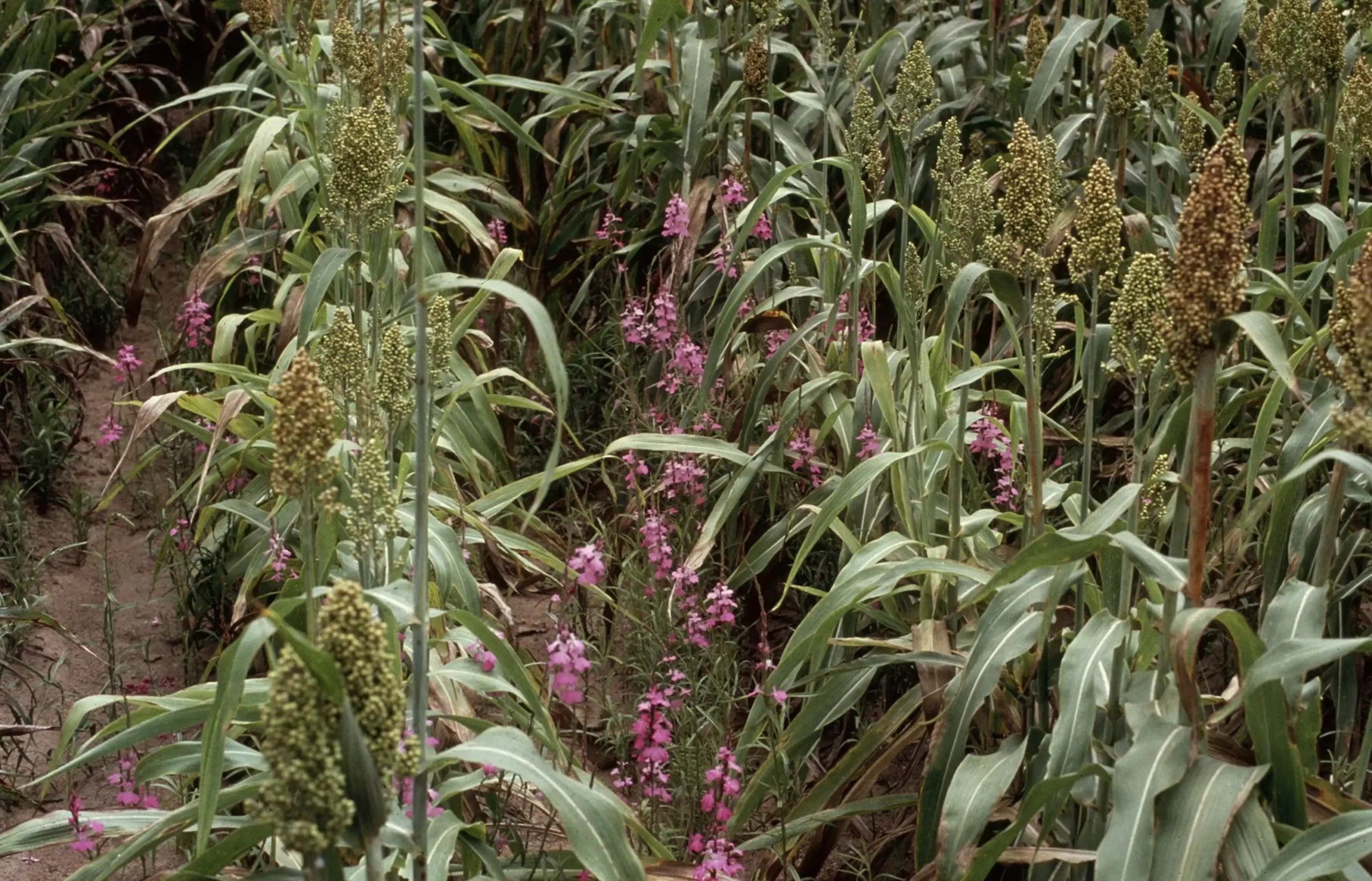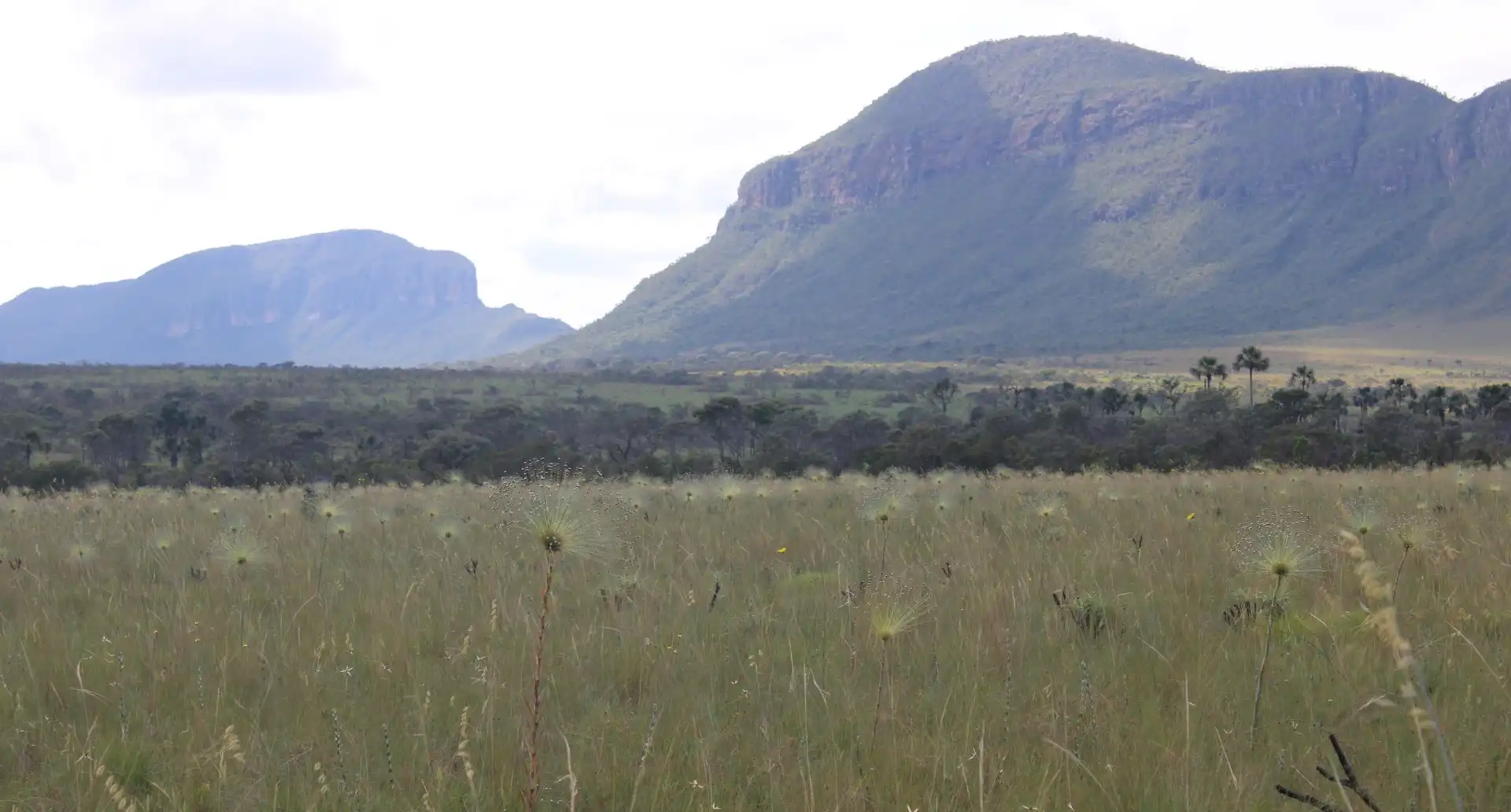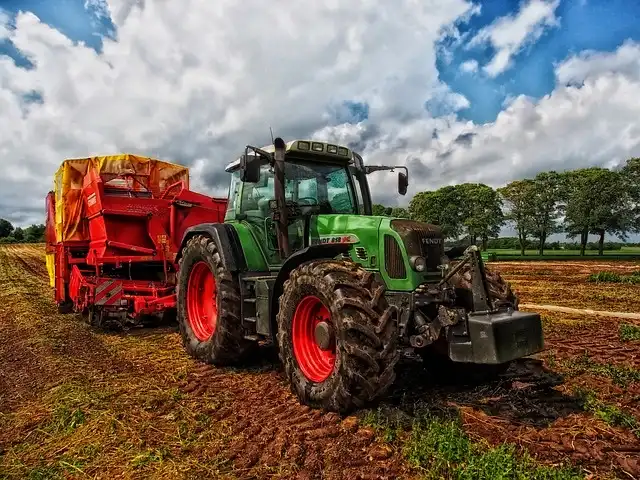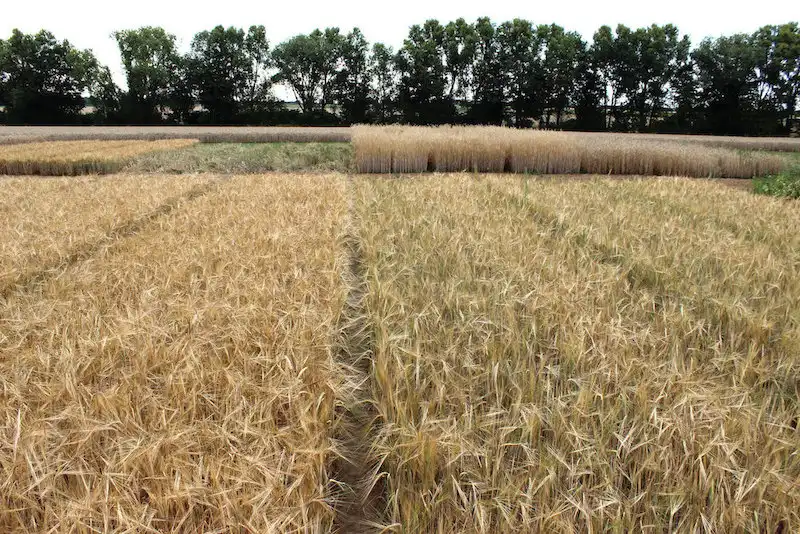
A 23-year study found that barley grown under organic farming conditions developed unique genetic adaptations, enhancing resilience to nutrient and water deficiencies. Unlike conventionally farmed barley, which became genetically uniform, organic barley maintained genetic diversity, aiding adaptation to environmental changes.
Read More



